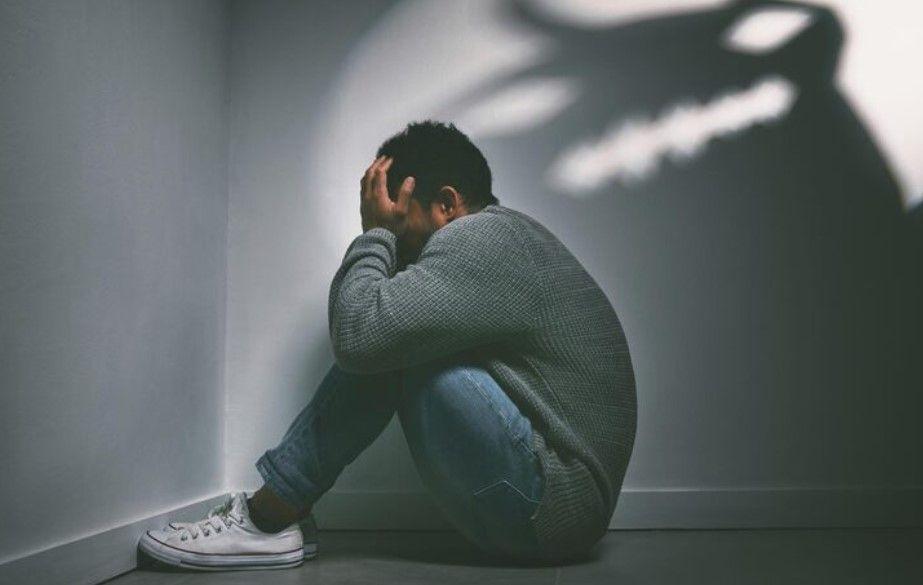Coping with Anxiety Disorder
Understanding Anxiety Disorder

Anxiety disorder encompasses several conditions, including generalized anxiety disorder (GAD), panic disorder, social anxiety disorder, and specific phobias.
Common symptoms include:
- Excessive worry or fear
- Restlessness or feeling on edge
- Fatigue
- Difficulty concentrating
- Irritability
- Muscle tension
- Sleep disturbances
Strategies for Coping with Anxiety Disorder
- Seek Professional Help
- Therapy: Engaging in therapy, such as Cognitive Behavioral Therapy (CBT), can help individuals understand and change their thought patterns and behaviors that contribute to anxiety.
- Medication: In some cases, medication may be prescribed to help manage symptoms. It’s important to work with a healthcare provider to find the right treatment plan.
- Develop a Healthy Lifestyle
- Regular Exercise: Physical activity can reduce stress and improve mood. Aim for at least 30 minutes of moderate exercise most days of the week.
- Balanced Diet: Eating a nutritious diet rich in fruits, vegetables, whole grains, and lean proteins can support overall health and well-being.
- Practice Mindfulness and Relaxation Techniques
- Mindfulness Meditation: Practicing mindfulness can help individuals stay present and reduce anxious thoughts. Techniques include deep breathing, guided imagery, and progressive muscle relaxation.
- Yoga and Tai Chi: These practices combine physical movement with mindfulness and can help reduce anxiety and improve overall well-being.
- Establish a Regular Sleep Routine
- Prioritize Sleep: Ensure you are getting enough rest by maintaining a regular sleep schedule. Create a calming bedtime routine to improve sleep quality.
- Identify and Manage Triggers
- Recognize Triggers: Identify situations or activities that cause anxiety and develop strategies to manage them. This may include planning ahead, setting boundaries, and practicing relaxation techniques.
- Gradual Exposure: Gradually exposing yourself to anxiety-provoking situations can help reduce fear and build confidence over time.
- Stay Connected with Supportive People
- Social Support: Connect with friends, family, or support groups. Sharing your experiences with others who understand can provide comfort and reduce feelings of isolation.
- Professional Support: Join a support group or engage in group therapy to gain insights from others and build a sense of community.
- Engage in Activities You Enjoy
- Hobbies and Interests: Participate in activities that bring joy and relaxation. This can help distract from anxious thoughts and improve overall mood.
- Set Realistic Goals and Prioritize Tasks
- Manage Stress: Break tasks into smaller, manageable steps and set realistic goals. Prioritize tasks and focus on what is most important.
- Practice Positive Self-Talk
- Challenge Negative Thoughts: Replace negative thoughts with positive affirmations. Remind yourself of your strengths and achievements.
- Limit Caffeine and Avoid Alcohol and Drugs
- Healthy Choices: Reduce or eliminate caffeine, as it can increase anxiety. Avoid alcohol and recreational drugs, as they can worsen anxiety symptoms.
- Keep a Journal
- Track Progress: Writing about your thoughts and feelings can help identify patterns and triggers. Journaling can also provide a sense of release and help track progress over time.
The Path Forward
Coping with anxiety disorder is an ongoing process that requires patience, persistence, and support. By incorporating these strategies into your daily routine and seeking professional help when needed, you can manage anxiety and improve your quality of life. Remember, seeking help is a sign of strength, and there are resources available to support you every step of the way.
Anxiety disorder can be challenging, but with the right strategies and support, you can manage your symptoms and lead a fulfilling life. If you have any questions or need further information, feel free to ask!
CATEGORIES












